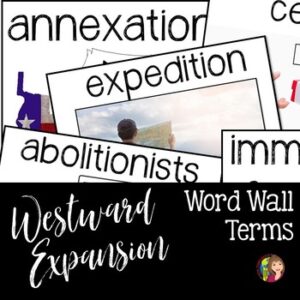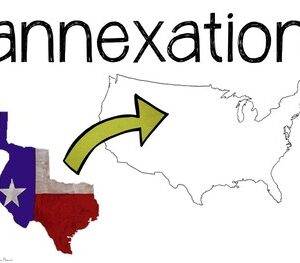Description
Teach about the Dust Bowl and the Great Depression in 5th grade U.S. history in a fun and engaging way. In this activity, students will create a puppet show after reading about the Great Depression, completing Doodle Notes™, and analyzing primary source images.
In this activity, students will read about the Great Depression and summarize the information with Doodle Notes. Next, students examine primary source images from the Great Depression. When students have completed their research, they will write a puppet show and perform it to their peers.
This activity includes:
-4 pages of informational text on the Great Depression, and the Dust Bowl,
-A Doodle Notes™ page,
-Primary source images,
-Directions for the Puppet Show,
-Rubric for the Puppet Show, and
-Puppets to create.
⭐Please download the preview for images and a sample of the activity. ⭐
Doodle notes is a trademarked term used with permission. Please visit doodlenotes.org for more information.
TEKS for 5th Grade Social Studies
(5) History. The student understands important issues, events, and individuals in the United States during the 20th and 21st centuries. The student is expected to:
(A) explain the significance of issues and events of the 20th century such as … the Great Depression, …
(6) Geography. The student understands places and regions in the United States. The student is expected to:
(A) describe political and economic regions in the United States that result from patterns of human activity;
(7) Geography. The student understands the location and patterns of settlement and the geographic factors that influence where people live. The student is expected to:
(B) explain the geographic factors that influence patterns of settlement and the distribution of population in the United States; and
(8) Geography. The student understands how people adapt to and modify their environment. The student is expected to:
(B) analyze the positive and negative consequences of human modification of the environment in the United States.
(11) Economics. The student understands the impact of supply and demand on consumers and producers in a free enterprise system. The student is expected to:
(A) explain how supply and demand affects consumers in the United States; and
(12) Economics. The student understands patterns of work and economic activities in the United States. The student is expected to:
(A) compare how people in different regions of the United States earn a living, past and present;
(B) identify and explain how geographic factors have influenced the location of economic activities in the United States;
(C) analyze the effects of immigration and migration on the economic development and growth of the United States; and
(20) Culture. The student understands the relationship between the arts and the times during which they were created. The student is expected to:
(A) identify significant examples of art, music, and literature from various periods in U.S. history such as the painting American Progress, “Yankee Doodle,” and “Paul Revere’s Ride”; and
(23) Social studies skills. The student applies critical-thinking skills to organize and use information acquired from a variety of valid sources, including technology. The student is expected to:
(A) differentiate between, locate, and use valid primary and secondary sources such as technology; interviews; biographies; oral, print, and visual material; documents; and artifacts to acquire information about the United States;
(B) analyze information by applying absolute and relative chronology through sequencing, categorizing, identifying cause-and-effect relationships, comparing, contrasting, finding the main idea, summarizing, making generalizations and predictions, and drawing inferences and conclusions;
(C) organize and interpret information in outlines, reports, databases, and visuals, including graphs, charts, timelines, and maps;
(D) identify different points of view about an issue, topic, historical event, or current event; and
(E) identify the historical context of an event.
********************************************************************
© Social Studies Success, LLC. This purchase is for you and your classroom. Duplication for an entire school, an entire school system, or for commercial purposes is strictly forbidden. Please have other teachers purchase their own copy. If you are a school or district interested in purchasing several licenses, please contact me for a district-wide quote. Do not share this document with Amazon Inspire.
Please review all product descriptions and previews. If you have a question, contact me before you purchase at SocialStudiesSuccess1@gmail.com. As this is a digital product, all sales are final.
❤️ Dawn















Reviews
There are no reviews yet.